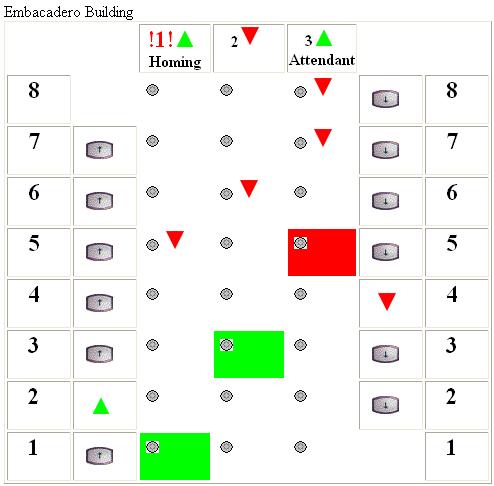
The idea of a standard language for communicating elevator information is not in itself new but the use of recently developed software technology to create a self-describing and self-validating standard for this purpose is a valuable development.
The problem is not how to get information from one place to another, but what information to send. This is described by a "set of rules" called a schema (see: https://www.w3.org/XML/Schema) - what information is relevant and what values it may be assigned. The rules are written in text that is meaningful to both human and machines.
Basing this standard on XML technology (see: what is XML) means that it can benefit immediately from a number of third party editor, graphical presentation , reader and validation tools and libraries(eg Internet WebBrowsers and Servers) that are already publicly available . Also, the content of messages conforming to such a standard is guaranteed to be compatible with a wide range of electronic media and does not require some new and proprietary format or protocol for it to be communicated freely over and between a wide variety of heterogeneous technologies (documents, spreadsheets, databases, etc).
Because the standard is text based it is also easily read by humans when displayed or printed in its native form.
